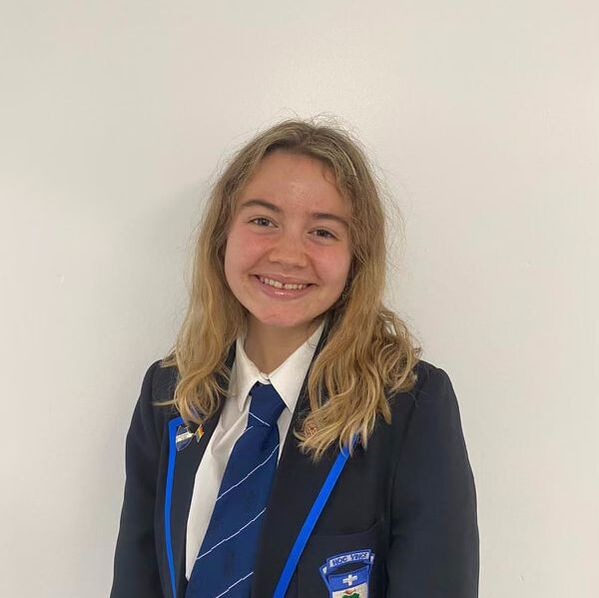|
By Kate McFarlane, Writer I remember sitting for hours reading my mum’s pharmacy books, filled with different treatments for different diseases, and wanting to know everything. I think back to watching shows like ’24 Hours in A&E’ and being so fascinated I could watch episode after episode. Alongside this, having the opportunity to undertake work experience on a hospital ward and the privilege to volunteer at a care home, highlighted my desire to study medicine and become a doctor. In the UK, studying medicine can be an undergraduate degree which you study for five years, starting after secondary school. The process of getting there is exhausting, long and draining. From taking the UCAT, to writing a personal statement and submitting a UCAS application and finally, if your application is strong enough, interviews. Out of ten people applying to medicine at my school, I was one of three girls, which is actually quite unusual considering 59% of medical students in the UK are female. Although the early years of medicine have gradually become more female dominated, the inequality within senior roles still persists. This was something I took note of while doing work experience on the hospital ward. The majority of consultants I spoke with were male, in comparison to the junior doctors who were male and female in fairly equal numbers. Female consultants were a rare sight on the ward to say the least. Coming from a school with very below average attainment, I was eligible to participate in ‘Reach’, a university-run programme in Scotland which aims to help students applying to professional degrees with their applications and give them the chance to explore their future career. As a medicine applicant, I engaged in conversations with doctors, spoke to university lecturers and virtually shadowed GPs. For me, it was an experience that very much solidified my decision to pursue a degree in medicine. Conversing with these doctors and lecturers, who themselves had similar school backgrounds, was interesting and eased the idea of stepping into a degree where almost a third of the students were privately educated. However, similar to my experience on the ward, female representation was limited. In fact, out of dozens of people I met throughout the programme, I can only recall one being a woman. Knowing the percentage of female medical students, after this I was intrigued and looked into how many doctors were female. Not only have there been more female than male doctors for the past couple of years, but females have been the majority since 1992! Even so, there’s still more high-ranking male doctors and an overwhelming shortage of females shown in programmes such as Reach. I was fortunate to receive interview invites for the universities I applied to and was pleasantly surprised when my interviewers were an equal balance of female and male, a true perception of the medical field (at least until you reach consultants). After waiting months for decisions post-interview and thankfully receiving acceptances, I am now only a fortnight away until I begin my first year of medical school at the University of Glasgow. Having already met a good few of my peers, I’m extremely ecstatic to work alongside other females who share the same (realistic) dream of becoming consultants, especially in male dominated specialties. I still get a wee bit shocked when I think back to wanting to be like the doctor on ’24 Hours in A&E’ and now I will be in five years. The unique combination of science and problem solving with compassion and human interaction that medicine offers is what has and still does draws me to the profession. I hope in a decade or so I can be a female consultant who has a school pupil shadowing them on a hospital ward. Key definitions24 Hours in A&E - a realty tv show documenting what happens in A&E (the ER)
UCAT - a required admissions test for medical and dental applicants in the UK UCAS -the organization through which all UK students must apply through for university Consultant - the highest-ranking doctor in the UK (equivalent of an attending in the US) GP - stands for general practitioner and is a primary care doctor Comments are closed.
|
Our writersArielle Arbel Archives
August 2022
Categories |

